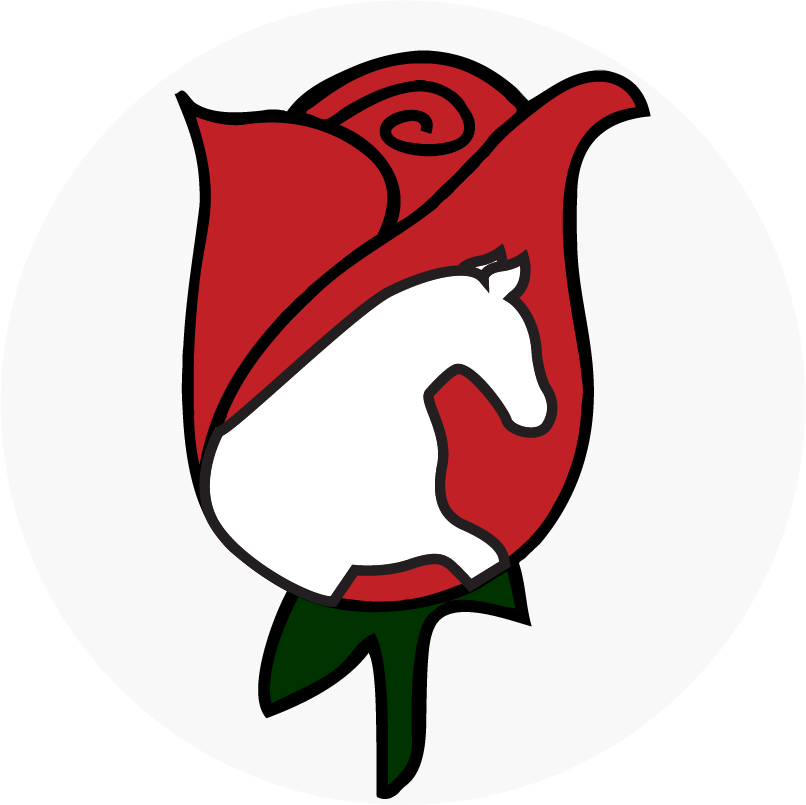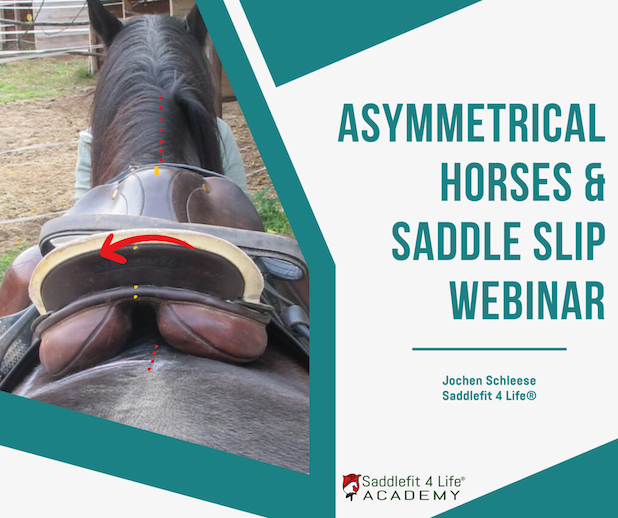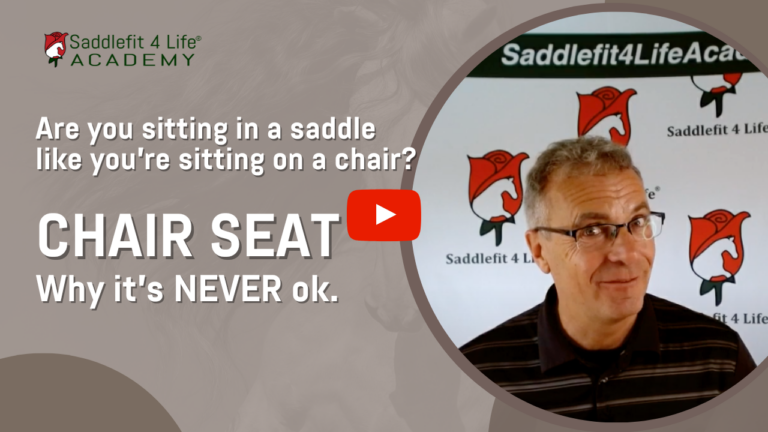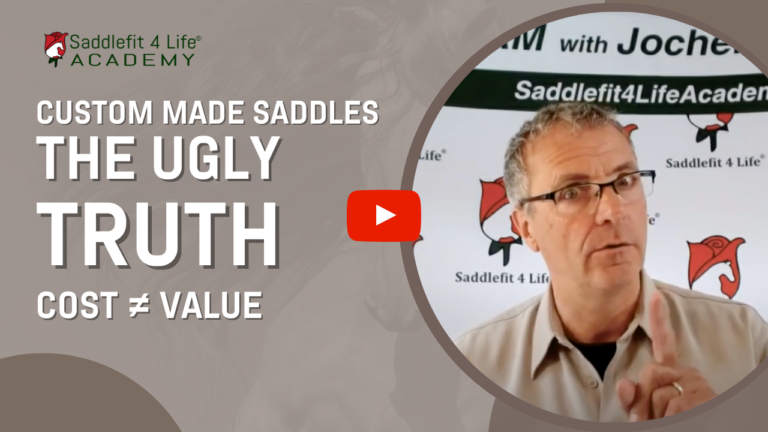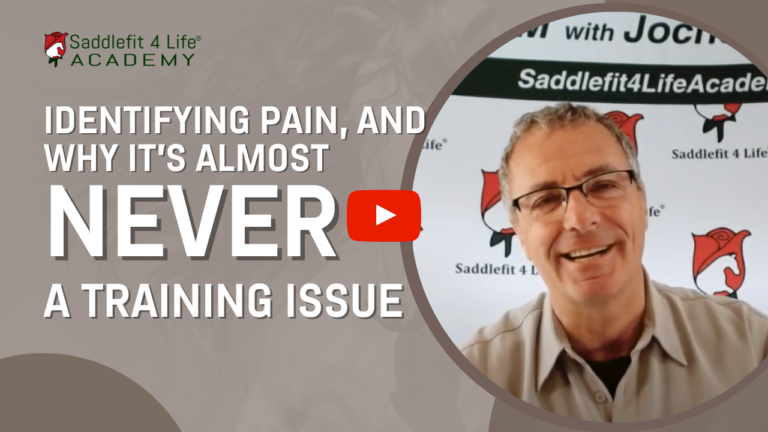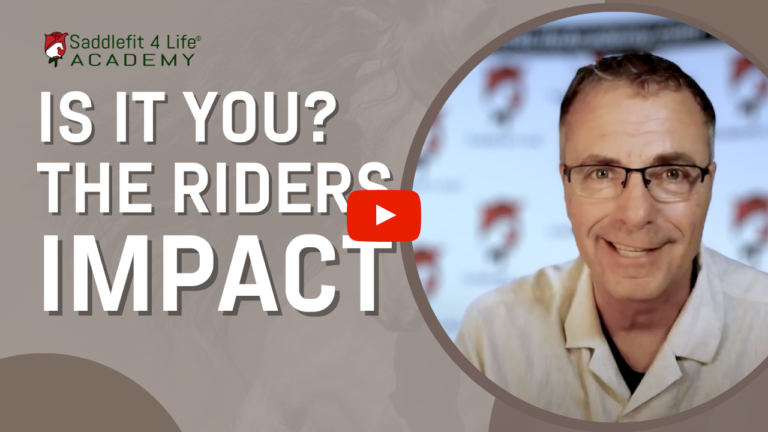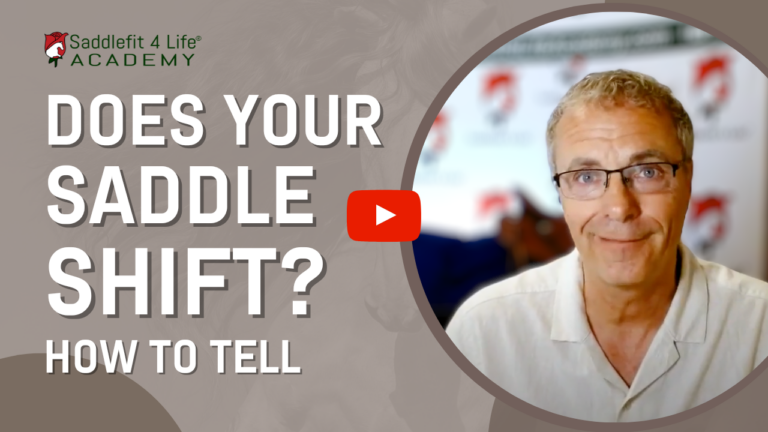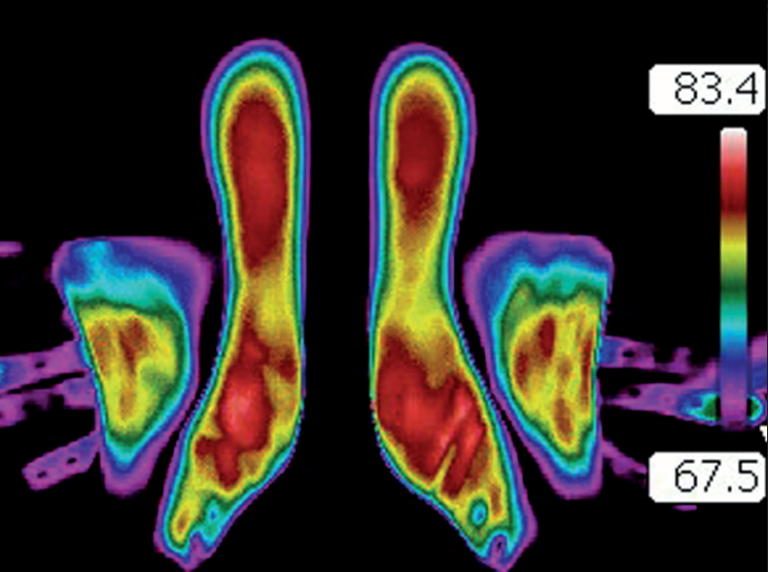Unlocking Your Riding Potential: Transforming from Chair Seat to Balanced Rider
The chair seat is often considered the mark of an inexperienced rider who has not yet mastered the ability to keep their leg beneath them, completely ignoring the simple fact that the leg SHOUDN’T have to be held beneath you to achieve correct alignment. The act of holding one’s leg in position removes all fluidity and suppleness required to move with the horse and utilize the seat and leg aids properly.
The tension required to constantly hold yourself in a position not only makes the rider a jackhammer in the saddle but decreases stability in the saddle as well while reducing how much and how well they’re able to communicate with the horse and feel the subtle ways the horse moves beneath them.
The chair seat is often a symptom of the equipment not fitting the rider and forcing them to shift around to find comfort and support, but also simply pulling the rider into a position that is not conducive to soft and balanced riding.
The key areas that affect rider position are:
- Seat Width
- Twist (a commonly misunderstood/misidentified part of the saddle)
- Waist (also commonly misidentified)
- Stirrup bar length & placement
- Seat balance
- Seat pitch
When any of these areas are not fitted to the rider, consciously or not, the rider will shift to alleviate pressure, find support and find some semblance of balance.
Seat Width – too narrow and the rider will find themselves shifting back to get support beneath their seat bones.
Twist – too wide and the rider feels pulled apart at the hips, routinely shifting back and adjusting their leg to be more in front of them to find some comfort.
Waist – Too narrow and it rubs against the ‘underwear line’ something that males do not experience.
Stirrup bar – too forward/too short and it pulls the leg in front of the rider.
Seat balance – too far back and the rider feels behind the movement, having to lean forward to stay in balance with the horse.
Seat pitch – if shaped like a roof it will press and impact against the pubic region, forcing the rider to either shift back and away or to tilt the pelvis back, losing the neutral seat.
Watch our video above to learn more about the Chair Seat!

